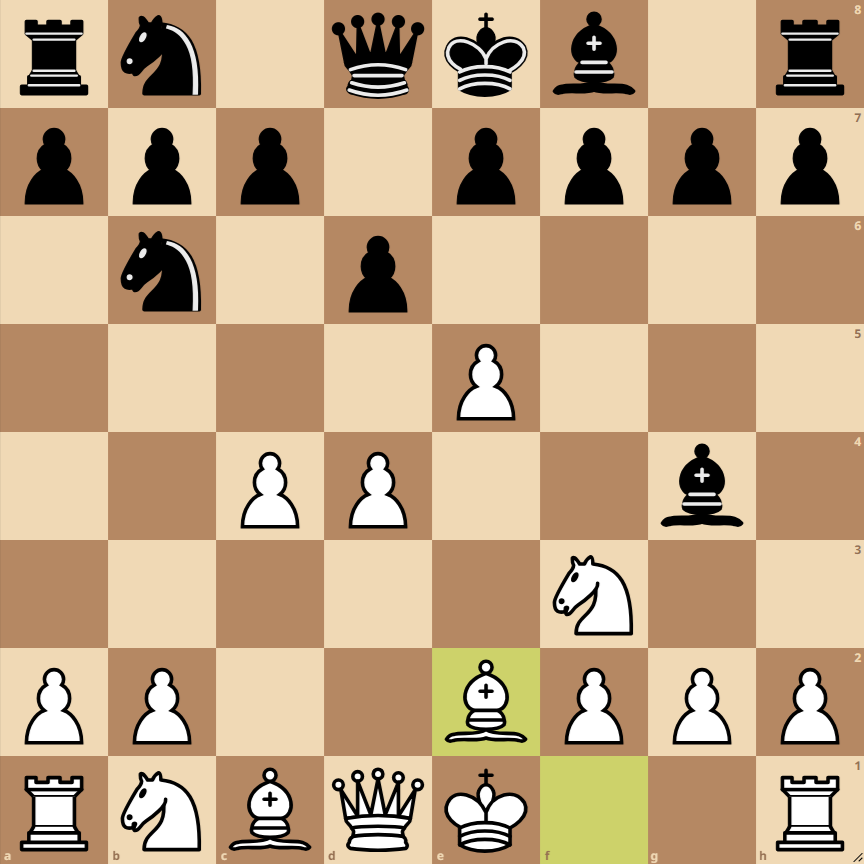How to Play the Alekhine Defense Modern Variation Alekhine Gambit
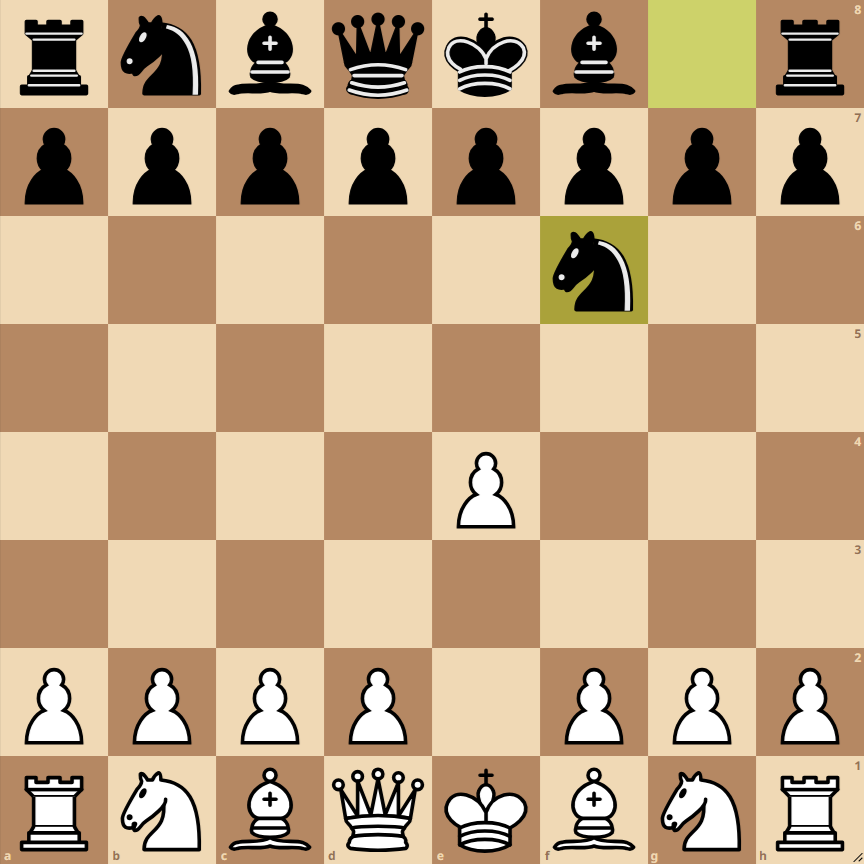
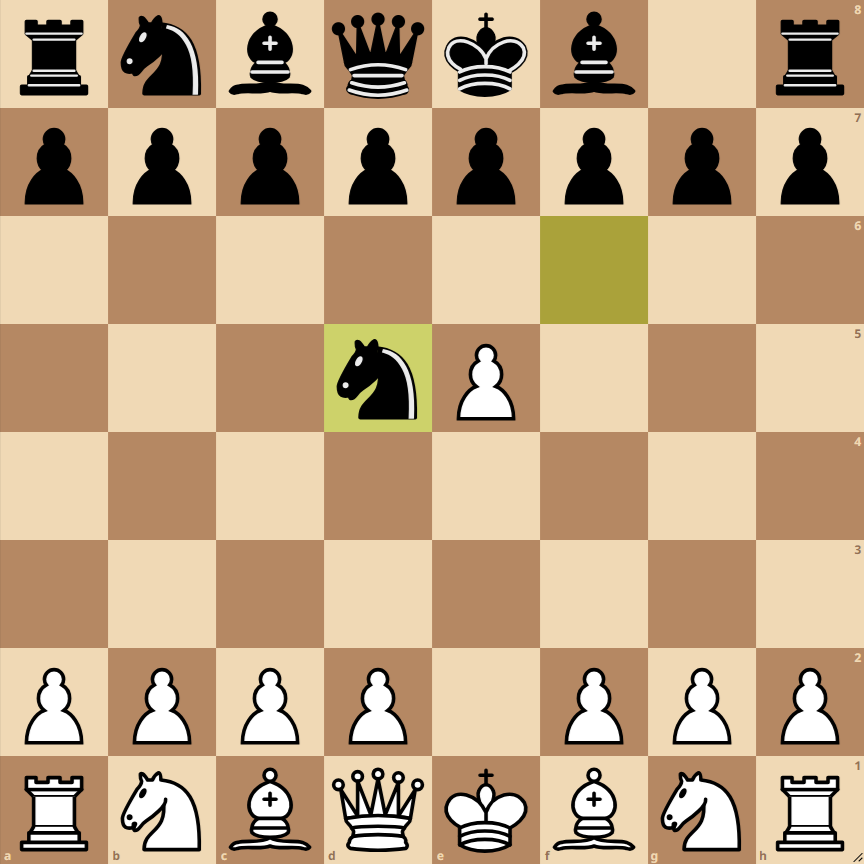
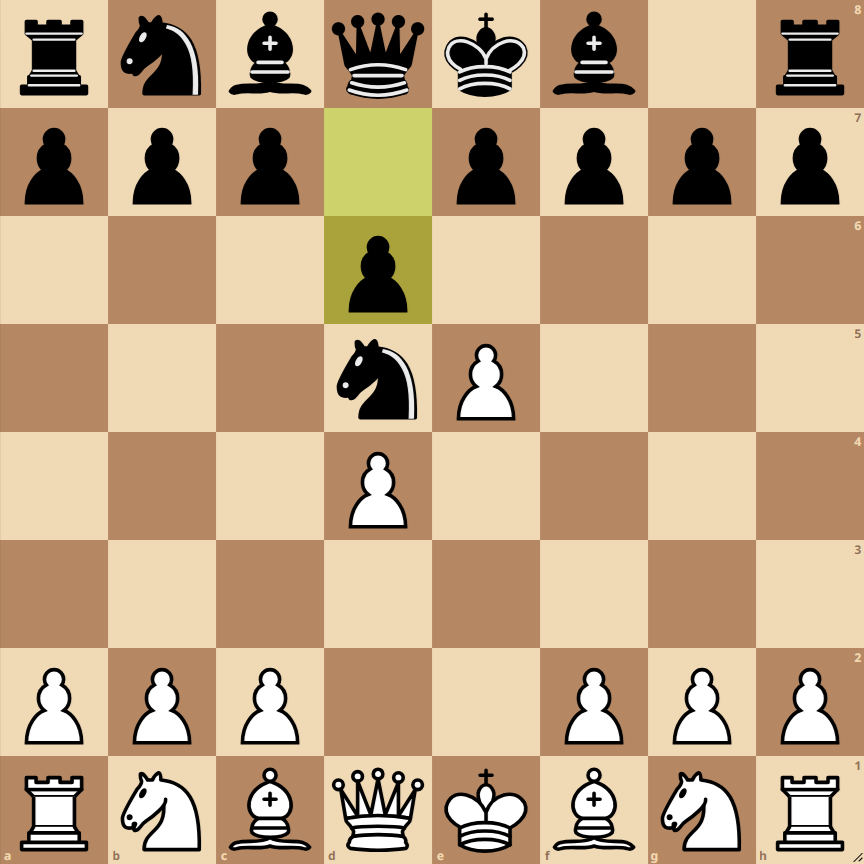
The Alekhine Defense, characterized by bold and strategic initial moves, leads to a dynamic and asymmetrical game. This specific variation involves a series of complex and tactical moves. Below, each move is detailed:
- 1. e4: White starts classically, controlling the center and preparing the development of their pieces.
- 1… Nf6: Black responds by attacking the e4 pawn and preparing the d5 advance.
- 2. e5: White advances their pawn, challenging the knight and aiming to gain central space.
- 2… Nd5: The black knight repositions, maintaining pressure on the center.
- 3. d4: White reinforces the center and opens lines for the development of minor pieces.
- 3… d6: Black seeks to undermine the white pawn center, preparing the c5 advance.
- 4. c4: White protects their knight and controls more central space.
- 4… Nb6: The black knight retreats to a safer position.
- 5. Nf3: Development of the white knight, preparing kingside castling.
- 5… Bd7: Black develops their bishop, exerting pressure on the white knight.
- 6. Be2: White prepares to neutralize the pressure from the black bishop.
Variations of the Alekhine Defense Modern Variation Alekhine Gambit
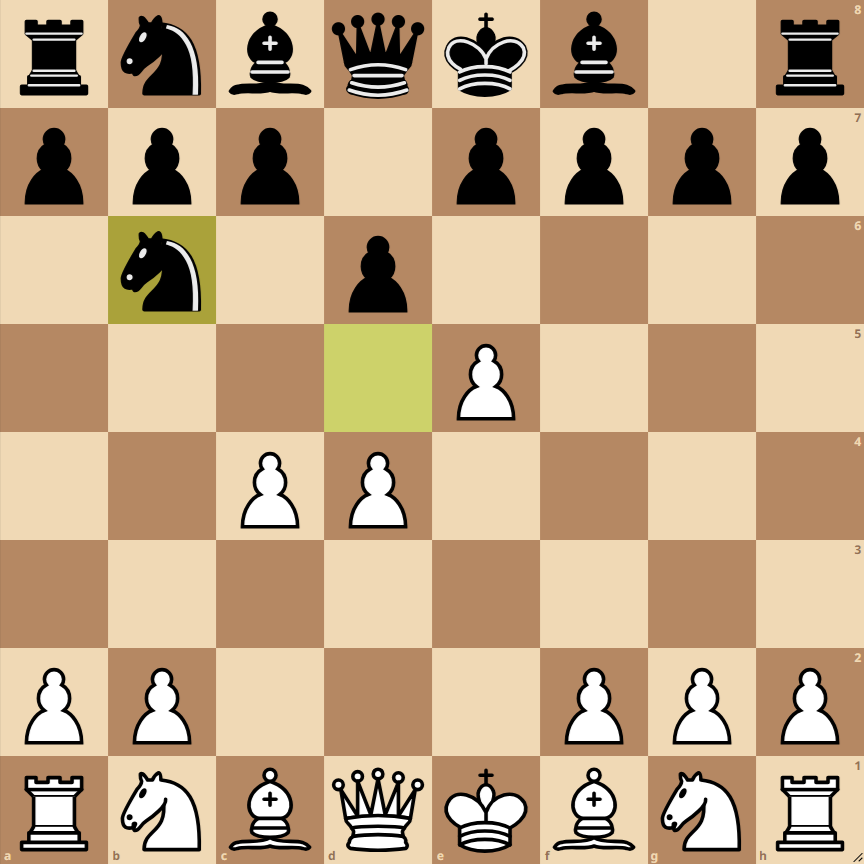
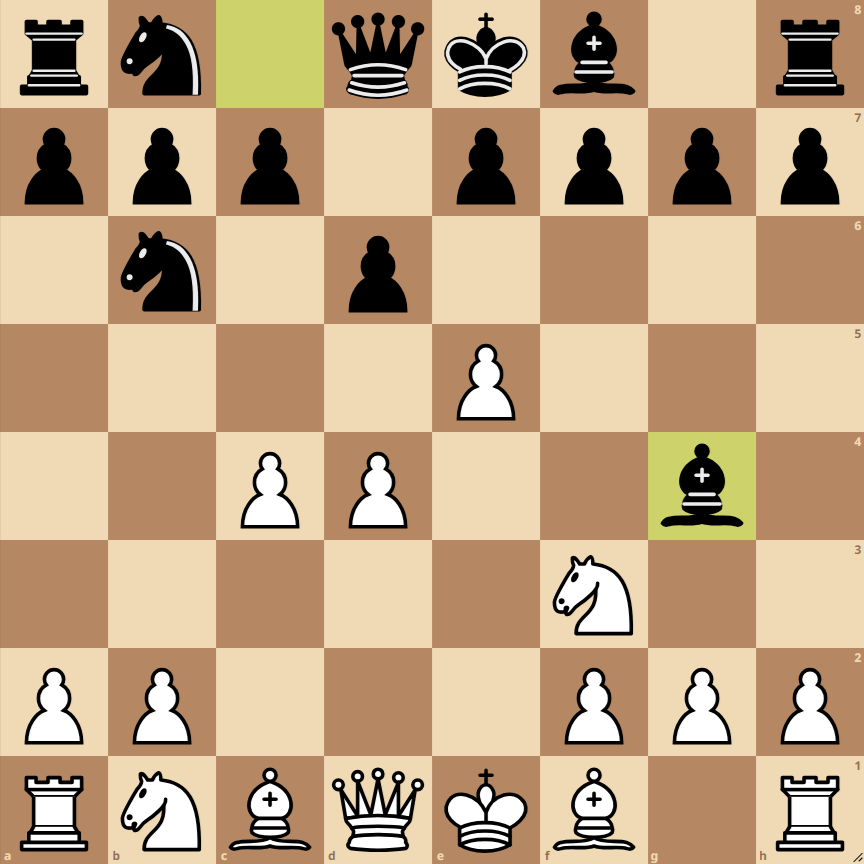
1. Advance Variation
In this variation, White chooses to keep their pawn on e5, directly challenging the black knight and aiming to control the center. Black can respond with d6, seeking to undermine the white pawn structure.
2. Exchange Variation
White can opt to exchange pawns in the center with dxe5. This leads to a more symmetrical pawn structure and a balanced game.
3. Four Pawns Variation
Characterized by aggressive play from White, advancing f4 and solidly supporting the center with pawns. Black must seek active counterplay to offset White’s gained space.

